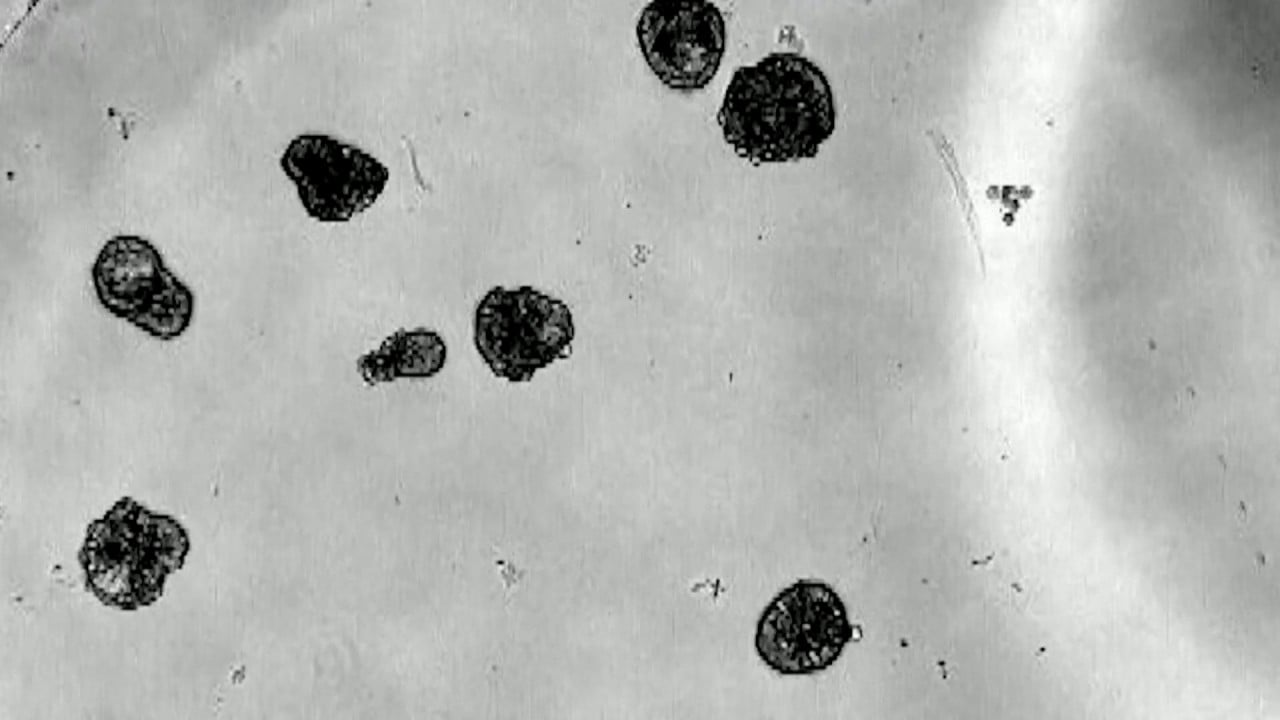The company, through its Chinese subsidiary SIHA, has started building a proton therapy centre in Taian, East China’s Shandong province, taking a first, substantial step in promoting the system expected to benefit millions of cancer patients in the world’s second-largest economy.
“P-Cure has a low-cost advantage and it takes much less time to complete the construction,” she said. “We believe it is an ideal proton therapy system to support China’s endeavour to enhance its medical system.”
Chinese cancer drug developer HutchMed eyes global expansion after FDA approval
Chinese cancer drug developer HutchMed eyes global expansion after FDA approval
Last March, the US Food and Drug Administration Administration approved the company’s Adaptive Proton Therapy Solution, leading to the go-ahead two months later from Chinese authorities to build the Shandong facility.
The technology allows doctors to increase the dose of radiation to a tumour while minimising the effects on surrounding healthy tissue.
P-Cure’s methodology features diagnostic-quality 4D computed tomography (CT) scanning, pencil beam scanning, robotic positioning system, constant radioscopic and fluoroscopic imaging, and positioning software to ensure treatment is delivered to the tumour without targeting healthy tissue.
It can be used to treat cancers of the lung, breast, chest, head and neck, and lower torso.
Proton therapy technology normally requires 200 tons of equipment, and it takes about five years to complete construction. Leading players worldwide include Siemens and Hitachi.
There are more than 100 proton therapy centres in about 20 countries worldwide, with most in the US. In China, only five centres of this kind had been built by 2022.
Yang said SIHA is in preliminary talks with several healthcare authorities and medical institutions about investment and construction of P-Cure treatment centres, but would not reveal more details.
The roughly two-year construction time of P-Cure’s Taian facility is around half the time it takes to complete a traditional proton therapy centre, she added.
“It is important to make advanced treatment accessible and affordable,” Yang said. “Needy patients care about whether the technology can be used to treat their diseases.”
The cost of proton therapy in China right now can reach upwards of 500,000 yuan (US$70,524). Yang said P-Cure aims to offer its package for less than 200,000 yuan.
New Chinese drug shows record treatment success against deadly lung cancer type
New Chinese drug shows record treatment success against deadly lung cancer type
At present, less than 1 per cent of patients whose diseases can be treated by proton therapy have access to the technology, the chairman said.
Last year, about 4 million new cancer cases were reported in mainland China.
Zhang Yong, Communist Party chief of the National Cancer Centre told the state-run Xinhua News Agency in April that the country’s task of cancer prevention and control remained arduous and required the joint effort of different organisations.
“Cancer, as one of the top fatal diseases, has been a constant threat to the health of Chinese people,” said Meng Tianying, a senior executive at Shanghai-based consultancy Domo Medical. “Affordable treatment and technology will be most welcome by Chinese health authorities and patients.”
The National Health Commission aims to build more than 40 new proton therapy centres in China by 2025.


